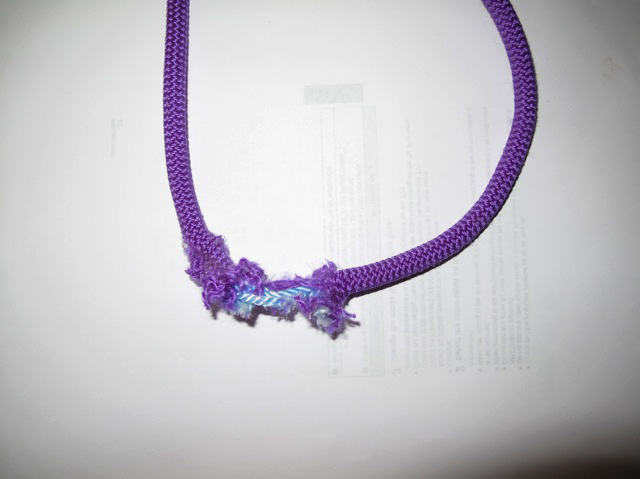The end of a rocky start
From the window of my flight from Geneva one can look down on the short segment of Swiss border that I managed to travel during the last ten days. It was harder and more traumatic than I anticipated, that's for sure. But I learned a few things about this adventure.
I made it just about as far as one can see from Leysin, following the French-Swiss border almost until Italy. The landscape thrust up from Lake Geneva with breathtaking speed, and within a few hours of walking I’d left behind the quietly beautiful lakeside village of St. Gingolphe, and with it, nearly all human intrusion except the odd alpage and for a long spell a network of ski lifts crossing between countries. But here, on high, flowers bloomed spectacularly while chamois and ibex roamed freely. It was still a mostly green world of living beings, both vegetable and animal.
But after Le Châtelard, the earth rose to even higher heights, and the greenery disappeared completely to be replaced by snow and rock. It was another spectacular landscape, but his time it might as well have been an exotic lifeless planet, where humans sometimes come to play and explore, but no animal or even flower would make it a home.
Through all this an invisible line had been drawn, separating one country’s people from another’s. I enjoyed the physical adventure of following this mysterious frontier, even the 12- to 14-hour days of continuous pushing. But the hard labor of forced marching to meet deadlines (my climbing partner’s imminent arrival and plans for a too-quick departure), coupled with the stress of exceptionally challenging passages, kept me from meeting people along the border let alone getting to know their stories. I always knew there would be a clash between my two main objectives: the strict adventure of nearly racing along the uninhabited crests for the border mountains versus the cultural exploration of the people who placed the border where it is. And I knew the dominant force in the early stage would be the adventure itself, with more cultural connections to come in the following months.
But seeing it first hand is always more forceful. From many of places I could see no signs of humanity at all, from others only small dots of chalets far, far below, visible only through binoculars.
What I realize is that I’m very much looking forward to coming back and exploring the human dimension. My hope is that I’ll recover quickly enough to engage the northern border this autumn, paddling the Rhine from Liechtenstein and bicycling around Schaffhausen, then paddling on to Basel before bicycling the Jura Mountains and then paddling again down Lake Geneva to St. Gingolphe. Then next summer, when I’m fully recovered and my legs are strong again, I’ll reengage the southern border. I’ll tackle most of the more important mountains, but I’ll also let myself weave more through the passes and valleys, visiting villages and getting to know the people whose ancestors settled there hundreds, and even thousands, of years before. The adventure will continue, but I’ll try to not let it dominate the bigger picture of the peopled landscape that is the reason for the line on the map. The line itself isn’t enough of a purpose. The line is there for a reason, and it’s that reason that I wish to explore.




You can find an overview of ongoing debates with our journalists here . Please join us!
If you want to start a conversation about a topic raised in this article or want to report factual errors, email us at english@swissinfo.ch.